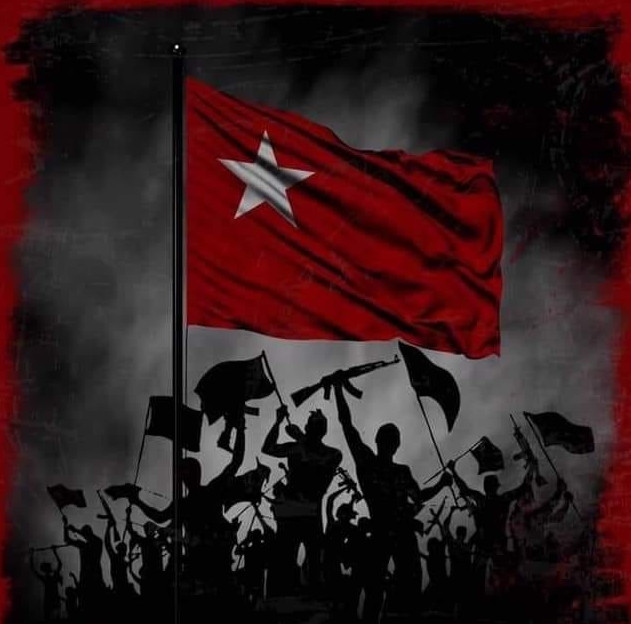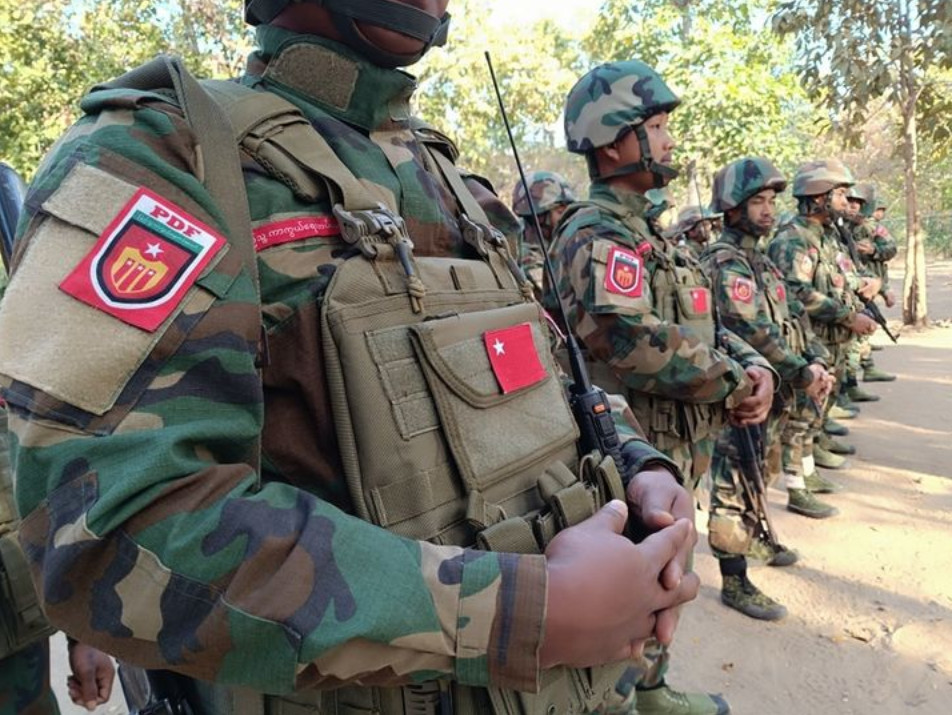The psychological impact of bold and bright colors is profound, influencing emotions, behaviors, and perceptions.
Each color can evoke different responses based on its hue, cultural context, and personal associations. Here’s a detailed look at how specific bold and bright colors affect psychology:









Red
Emotions and Associations:
Energy and Excitement: Red is stimulating and can increase heart rate and blood pressure, creating a sense of urgency and excitement.
Passion and Love: Often associated with romantic feelings and strong emotions.
Aggression and Warning: Can also signify danger, aggression, and alertness.
Uses:
Marketing and Advertising: To attract attention and create a sense of urgency (e.g., clearance sales).
Food Industry: To stimulate appetite and convey energy.
Orange
Emotions and Associations:
Enthusiasm and Warmth: Combines the energy of red and the cheerfulness of yellow, evoking friendliness and enthusiasm.
Creativity: Associated with creativity and innovation.
Playfulness: Often seen as fun and exuberant.
Uses:
Branding: To convey a youthful, energetic image.
Call-to-Actions: In websites and advertisements to prompt quick decisions.
Yellow
Emotions and Associations:
Happiness and Optimism: Bright yellow is uplifting and can create feelings of happiness and cheerfulness.
Attention-Grabbing: High visibility makes it effective for catching attention.
Caution: While generally positive, it can also signify caution or warning (e.g., traffic signs).
Uses:
Childcare Products: To create a joyful, stimulating environment.
Advertisements: To stand out and attract immediate attention.
Green
Emotions and Associations:
Calmness and Refreshment: Associated with nature, it has a soothing effect and represents renewal and growth.
Health and Prosperity: Often linked to health, freshness, and wealth.
Balance and Harmony: Promotes a sense of balance and tranquility.
Uses:
Healthcare: In spaces designed for relaxation and recovery.
Eco-Friendly Brands: To signify environmental consciousness and natural products.
Blue
Emotions and Associations:
Trust and Dependability: Blue evokes a sense of trust, reliability, and professionalism.
Calmness and Serenity: It has a calming effect and can reduce stress.
Coldness: In some contexts, it can feel distant or cold.
Uses:
Corporate Branding: To create a professional and trustworthy image.
Healthcare: In hospitals and clinics to promote calmness.
Purple
Emotions and Associations:
Luxury and Ambition: Historically associated with royalty and wealth, it conveys luxury and sophistication.
Mystery and Spirituality: Often linked to mysticism and creativity.
Creativity: Stimulates imagination and artistic expression.
Uses:
High-End Products: To denote exclusivity and premium quality.
Creative Industries: In advertising and design to stimulate creativity.
Pink
Emotions and Associations:
Playfulness and Romance: Soft pink is often associated with romance and tenderness, while bright pink can be energetic and playful.
Femininity: Commonly linked to femininity and softness.
Nurturing: Evokes feelings of care and nurturing.
Uses:
Beauty and Fashion: To appeal to feminine and playful aesthetics.
Marketing: To target specific demographics, especially in products for young women and girls.
General Tips for Using Bold and Bright Colors
Context Matters: The impact of colors can vary based on cultural and situational context.
Moderation: Bold colors can be overwhelming if overused; balance them with neutrals.
Audience: Understand the preferences and psychological responses of your target audience.
By leveraging the psychological impacts of bold and bright colors, designers, marketers, and artists can create more effective and emotionally resonant visuals.

Leave a Reply